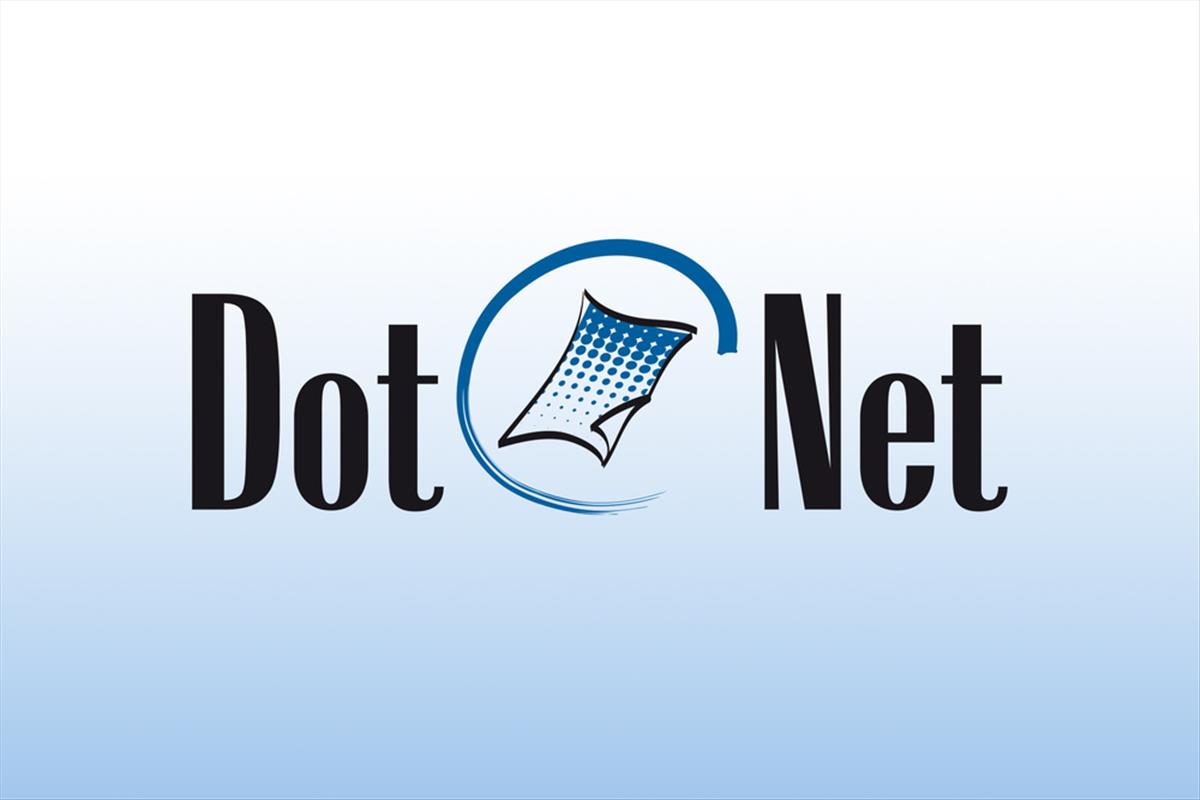INTRODUCTION OF .NET
- Usages of .Net
- D.N.A. Architecture
- One Tier
- Two Tier
- Three Tier
- N-Tier
THE COMMON LANGUAGE RUNTIME (C.L.R)
- CLR Architecture and Services
- The .Net Intermediate Language (IL)
- Just- In- Time Compilation and CLS
- Disassembling .Net Application to IL
- Strict Type Checking
.NET FRAMEWORK CLASS LIBRARY
- System Namespace
- System .Object Namespace
- System .Collection Namespace
- System .Type
- Exception
SYNTAX & DATA TYPES
LANGUAGE FUNDAMENTAL
- Data type and Control Constructs
- Value and Reference Types
- Declaring and Initializing Variables
- Unicode Characters and Strings
- C.T.S Type
- Implicitly Typed Local Variables
- Conditional Syntax
- C# Operator
- Looping Syntax
- Array
- Structure
OOPS CONCEPTS CLASSES
- Encapsulating Attribute
- Define Constructor
- Define Methods and their Type
- Overloading Methods and Constructor
- Define Property and their Types
- Object Creation
- The Memory Allocation with New Keyword
- Passing Initial Values with Constructor
- Invoking Property and Methods
INHERITANCE
- Implementing Inheritance Hierarchies
- Method Overloading, Overriding and Hiding Concepts
- Abstract and Sealed Class
- Exposing Interface
- Implementation Interface in a Class
- Play with Namespaces
- Interface Polymorphism
- Operator Overloading
- Class Access Modifiers
- Partial Class
EXCEPTION HANDLING
- Means of Error, Bug and Exceptions
- Role of .Net Exception Handling
- System Level Exception
- Application Level Exception
- Try and Catch Block
- Handling Multiple Exception
- Finally Block
- Throw Exception on Request
- Custom Exception
ADO.NET
INTRODUCTION TO ADO.NET
- How ADO.NET works and how it differs from ADO?
- Evolution of ADO to ADO.NET
ADO.NET? AND IT’S ARCHITECTURE
- Connection Object
- Command Object
- Dataset
- Data Reader Object
- Data Adapter Object
- Concurrency and the Disconnected Data Architecture
- Provider
CONNECTIONS AND COMMAND OBJECT
- Connection Object
- Command Object
- Execute Non Query
- Execute Scalar
DATA READER
- Reading Data in Connected Environment
- Moving and Accessing Value of Record
- Execute Reader
DATA SET
- Creating Tables in Dataset
- Data Column
- Data Row
- Data Table
- Updating, Inserting and Modification in Data Table
- Saving Changes into Data Base using Command Builder
- Working With Command and Connection
TRANSACTION
- Introduction of Transaction (ACID)
- Transaction Class
- Method and Property
- Commit and Rollback
ASP .NET
INTRODUCTION TO WEB FORM
- Need of Web Application
- Http Protocol
- Static and Dynamic Page
- Concept Working of IIS and Browser
- Differences between ASP and ASP.NET
INTRODUCTION TO HTML CONTROLS
- Creating a Simple HTML Page
- Html Tags
- Hosting a HTML Page
- IIS virtual Directory
- Request Transfer Throws Get and Post Methods
WORKING WITH SERVER CONTROLS
- Creating Server Pages
- Understanding Page Life Cycle
- Handling Page Request
- Http Request Object
- Http Response Object
- Understanding Post back
- Auto event Wire Up
STATE MANAGEMENT
- What are Cookies?
- Http Session State Class
- Application Class
- Using the Session
- In-Process Session State
- Application State Considerations
- Global.asax
- Web.Config
SERVER CONTROL FORM VALIDATION
- Working with Range, Regular Expression & Compare
- And Required Field Validator Controls
- Use Control to Validate Property
- Custom Validator Control
- Implementation of Client and Server Side Validation
- Working with Validation Summary Control
WEB FORM CONTROL
- Textbox
- Combo Box
- List Box
- Checkbox
- Add Rotator Control
- File Upload Control
- Multi View Control
DATA BINDING SERVER CONTROLS
- Use of Data Binding Control
- Type of Data Binding Control (Formatted and Unformatted)
-
Working with Repeater Control
- Working with Template
- Working with Repeater Events
- Understand Event Bubbling
-
Working with Data List Control
- Working with Template
- Working with Data List Events
-
Working with Grid View Control
- Data binding with Grid View
- Working with Column Collection
- Using Paging
- Sort
-
Working with Form View Control
- Working with Template
- Working with Repeater Events
-
Working with Details View Control
- Working with Template
- Working with Repeater Events
- Understand Event Bubbling
MASTER PAGES
- Introduction and Need of Master Page
- Creating a Master Page
- Default Contents
- Appling Master Page through Configuration File
- Dynamic setting a Master Page
- Nested Master Page
- Master Page and Relative Path
ASP.NET WEB SECURITY
- Windows
- Forms
- Passport
- Login Control
